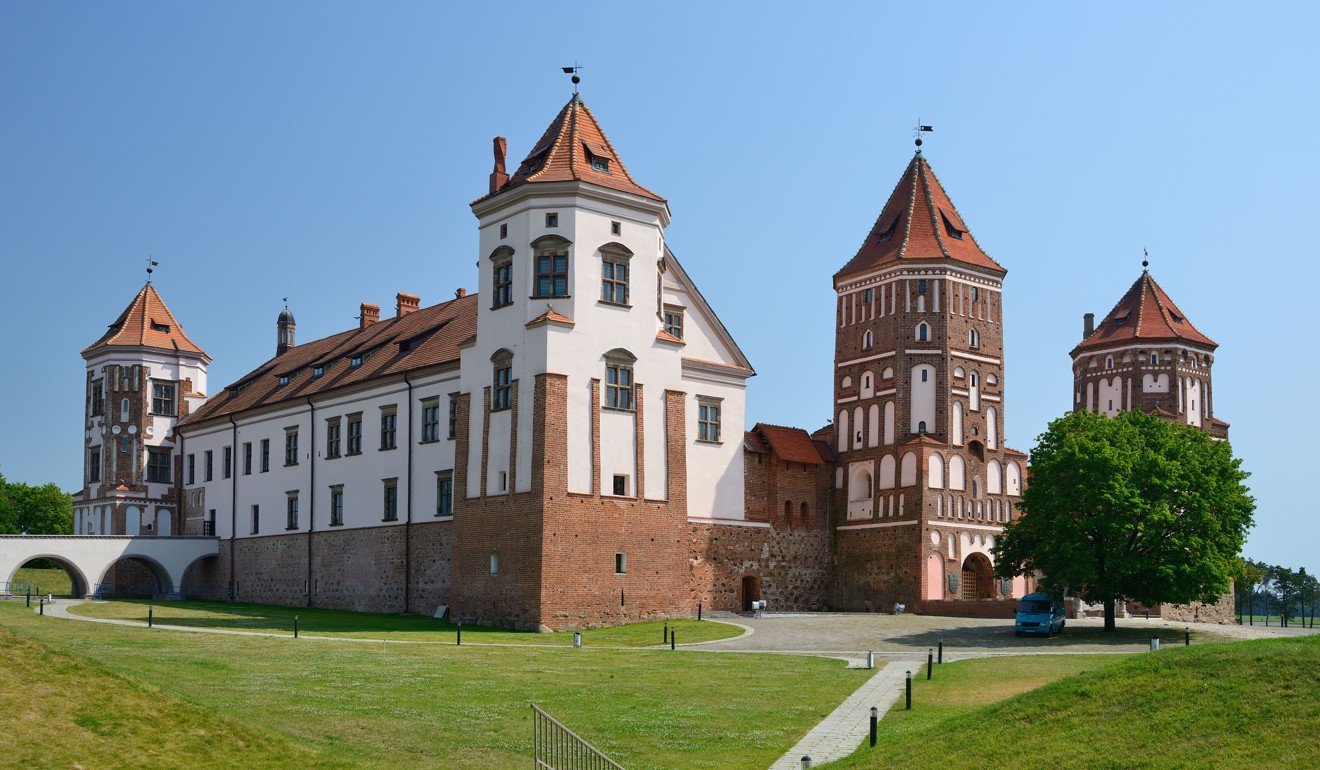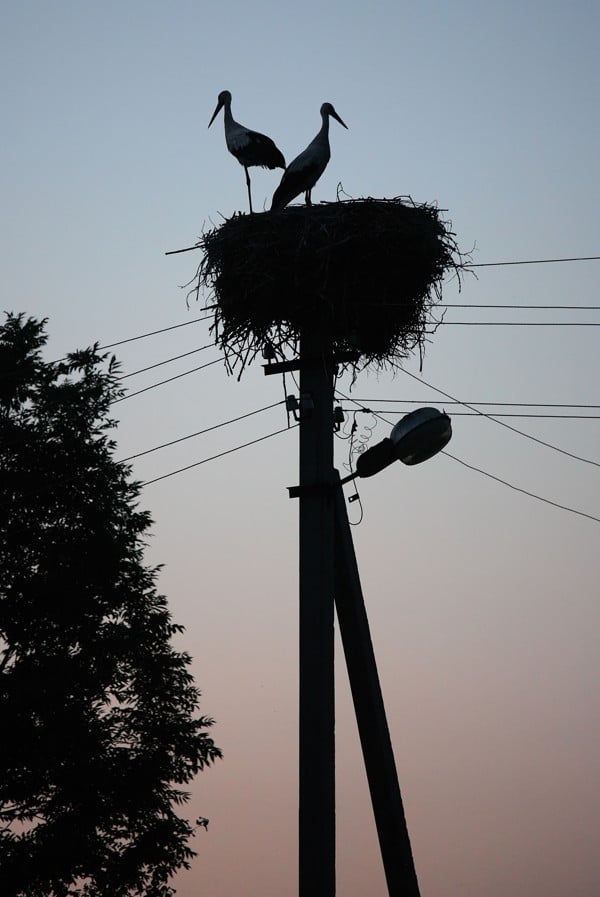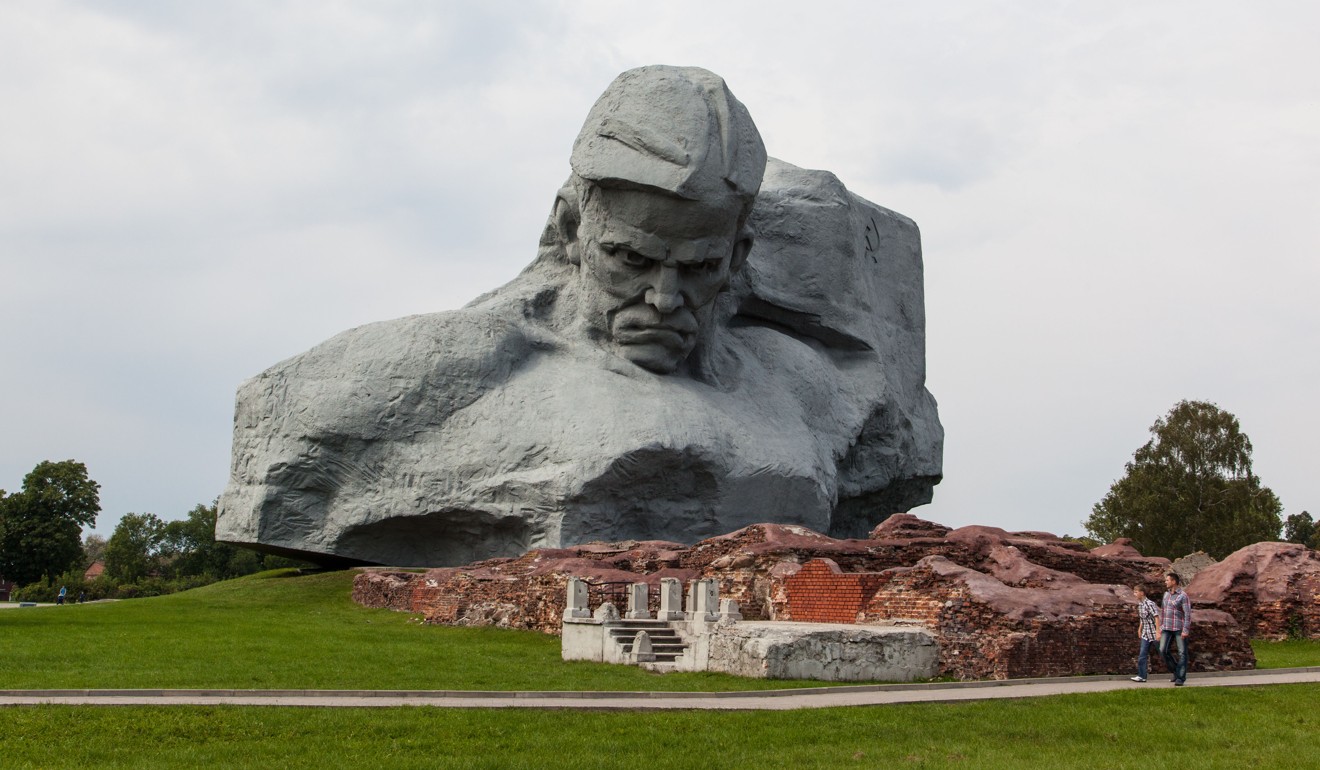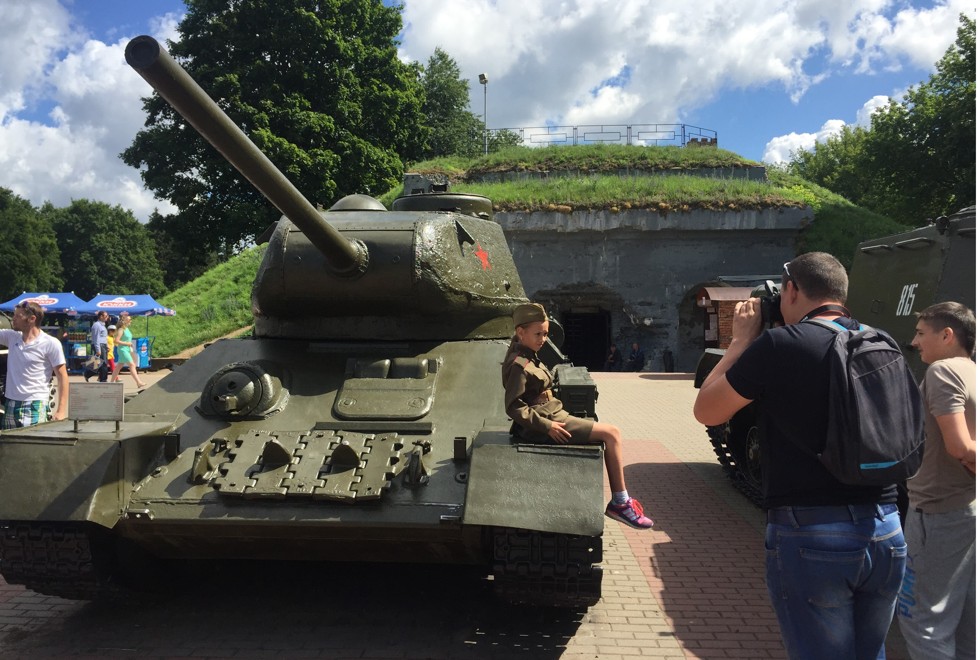
Belarus: a true taste of Soviet life but with all the mod cons
The landlocked country in Eastern Europe has weathered the storms of war and now offers a taste of true Soviet life, albeit with the modern advantages of widespread Wi-fi access to an unfettered internet
A small ex-Soviet republic sandwiched between Russia and Poland, if ever a country were a victim of geography then Belarus is it. Invaded by many an army on the way to somewhere else, the capital, Minsk, was shattered during the second world war, with barely a building left standing. Germany destroyed 209 of the 290 towns and cities in the republic in four years of war and 25 per cent of the nation’s population perished.
However, this being a city of wide boulevards and grand Stalinist architecture, the size and ambition of Minsk’s post-war rebirth – from the main square, with its rebuilt red-brick church and university, along Independence Avenue to the broad curve of the Svislach River and Gorky Park – cannot fail to impress.
Impressive, too, is the continued Soviet influence. President Alexander Lukashenko has been in control in Belarus since 1994 and runs a tight dictatorial ship. “Europe’s last dictator”, as former United States president George W. Bush once called him, has openly stated his support for Soviet values and a single-party state, and voiced his determination to serve his country “until the last of my days”.

Perhaps unsurprisingly, then, Minsk feels like it’s still in the grip of the cold war: an imposing statue of Lenin in the square; a massive KGB headquarters with its columns and flags in the city centre; and museums and monuments commemorating victory over “fascists and imperialists”. But it’s a surprisingly modern and European city, too; the internet is unrestricted, Wi-fi is ubiquitous and people are free to travel.
Among the pavement eateries and bars serving Belarus beer and draniki potato pancakes with sour cream is the Staroe Vremya cafe, a tongue-in-cheek homage to the Soviet era. Customers sit in comfortable armchairs at dark wooden tables, some next to a candle shaped like Stalin’s head, consuming “Khruschev salad”, “Kremlin fish cakes” and “Yuri Gagarin milk shakes” while the band plays traditional music beneath a poster of Karl Marx.
As I point my hire car away from Minsk, the monolithic Stalinism of the centre gives way to cheaper, less substantial residential blocks and then to a landscape of ploughed fields, dense forests and small bucolic villages of painted wooden houses and flower gardens.

Mir hosted the country’s main horse fair until the local Roma population were resettled or killed during the war. The old Jewish yeshiva college, which has been converted into a comfortable and friendly hotel, is another reminder of the impact of war and ethnic cleansing.
Nyasvizh, 30 minutes to the south of Mir, feels more Polish than Russian, its 16th-century Roman Catholic church and palace fortress visible for miles across flat fields grazed by cows. Tourism is beginning to take hold here, with pony rides around the fortress offered and a row of wooden souvenir stands from which folk art reproductions are sold. One character depicted is the witch Baba Yaga, who is said to patrol the woodlands nearby, looking for children to snatch and boil in a pot.
Across the rolling hills and fields to the west, large red-beaked storks follow the straight-line progress of tractors, their strange articulated backward knees bending as they stamp angrily around, searching for worms. Regular summer visitors to this part of Eastern Europe, the birds nest in huge bundles of sticks on top of telegraph poles, chimneys and poles erected specifically for the purpose, since it is considered lucky to have a stork nesting near one’s house. These strange, beautiful birds return to the same nest with the same partner every year.
I drive almost to the Polish border on small roads through the dense and ancient Belovezhskaya Pushcha National Park, the remains of a primeval forest that stretched from the Baltic Sea all the way to the Dnieper River, in Ukraine. The park is a Tolkienesque mystery of 600-year-old oak trees, wild boar, mink, beavers and wild horses.

The zoobr roams free here, too. Close to extinction in the early 20th century, there are now 3,000 or so Belarus bison in existence, 300 of which call this forest home. There’s little sentimentality in evidence, though; a sign tied to a wooden pole serving as nest support for a family of storks advertises the opportunity to hunt and shoot a zoobr for a few hundred US dollars. Park authorities consider 300 bison to be enough, given the rate at which they are consuming the ancient forest, and the extras are expendable.
Leaving the forest, I pass old couples selling handpicked mushrooms by the side of the busy road, their umbrellas protecting the precious crop, rather than their heads, from the heavy summer showers.

Russian Orthodox services are a mix of worship and mysticism, the air thick with incense, candle smoke and the hypnotic droning chants of priest and choir, as ancient as the trees of the forest. From hidden doors, bearded men in robes appear unexpectedly, carrying sacred objects – crosses, a huge goblet, a golden Bible – to be touched, kissed and venerated by the women in floral headscarves who make up the congregation. There are no seats in an Orthodox church so the long service is a trial of endurance, some worshippers resorting to leaning against the Angel Gabriel frescoes on the wall, others crouching on the stone floor at the back of the church, nibbling furtively on potatoes and pancakes.
My hotel room is comfortable and cosy in the old Russian way, a metal samovar full of hot water in the corner, a thick woollen bed spread despite the summer heat and pictures of Siberian lakes, cabins, mountains and bears on the wall. The impressively large building surmounted by a spire and a star seen from the window is the train station, where, I soon discover, commuters wait for departures to Warsaw, St Petersburg and Moscow under chandeliers in oak-panelled rooms, drawing hot water from much bigger samovars and adding a blob of jam to sweeten their tea.
A fine collection of old engines stands outside the station, heavy and permanent monuments of iron and steam, each painted black and with a hammer and sickle on the boiler plate like something from Dr Zhivago.

Brest’s 19th-century fortress was attacked and captured with huge loss of life by Hitler’s armies in 1941. Its defence became the stuff of Soviet folklore and today the restored fortress attracts far more pilgrims than the nearby St Nikalaivsky church.Through a gigantic Soviet star of an entrance gate is a fascinating mix of monuments, museums and brickwork pockmarked with bullet and shell holes. The centrepiece is an astonishingly large rock carving of a grim-faced, lantern-jawed Soviet soldier. Courage, as it is called, was named the ugliest sculpture in the world by CNN, in 2014, causing great offence in Belarus. An eternal flame burns and solemn music plays, as locals dressed in Red Army uniforms, complete with wooden machine guns, pay their respects.
Outside the fortress, shopping malls and cafes do a brisk trade as the nation becomes used to visitors who come in peace and, day by day, leaves it’s tragic past behind.
How to get there
Airlines including Aeroflot, Air China, Lufthansa and Turkish Airlines fly between Hong Kong and Minsk


